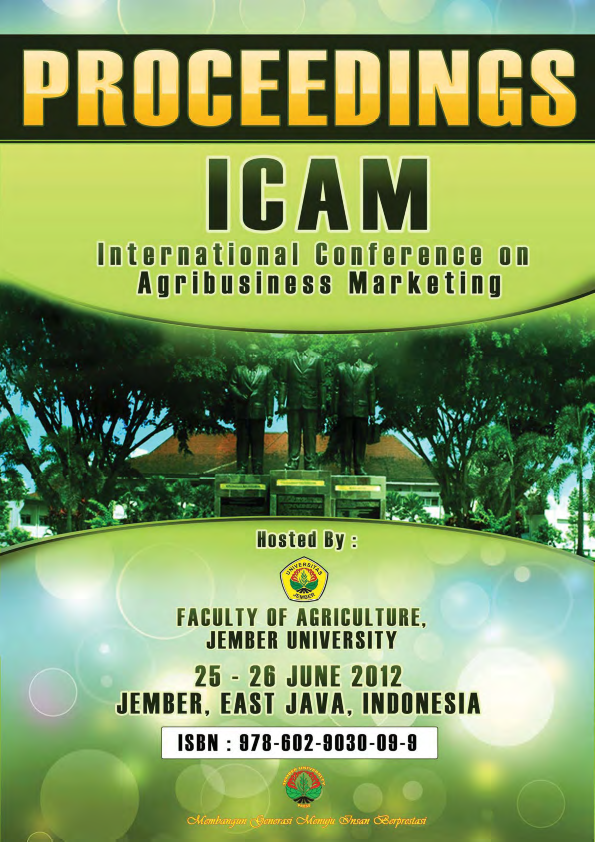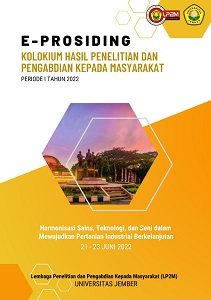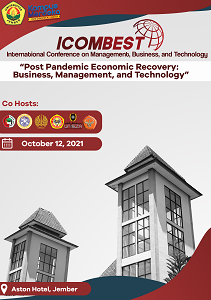THE REVIEW OF BIOCHEMISTRY ASPECTS OF MOCAL (MODIFIED CASSAVA FLOUR) PROCESS WITH SPONTANEOUS FERMENTATION
Abstract
Cassava, also known as Manioc, and the Latin name is Manihot esculenta, is a
annual tropical and sub – tropical plant derive from the family of Euphorbiaceae. The
tuber is known as a staple food – producing carbohydrate, and its leaves can be made as a
vegetable. In food industry, Cassava can be used to make cassava flour or tapioca for food.
MOCAL is cassava flour that in production process through spontaneous fermentation.
Biochemical changing takes place during the fermentation. This produces a better
characteristic of modified MOCAL, so it can be used in a larger food industry. The
application of MOCAL in the food industry has been applied, but a scientific study about
the fermentation process of MOCAL has not been conducted. A scientific study about the
biochemical changing during the fermentation process of MOCAL is needed. This research
is an observation toward the biochemical changing of MOCAL. The basic ingredient is
cassava varieties Paroka. It is obtained directly from the farmers in Lumajang. The cassava
is about 7 – 9 months old. The research is conducted at Laboratory of Chemistry and
Biochemical food product, department of agriculture product technology, Faculty of
Agricultural technology, University of Jember. It began Mei 2007 until Mei 2008. In its
design, MOCAL is produced in various time of fermentation process (0, 6, 24, 30 and 48
hours), then continues to analyze the biochemistry of MOCAL immersion water.
Analyzing of the data uses descriptive methods. The result is shown in table, and graph or
histogram is made to ease the data interpretation. The result of the research shows
biochemical changing because of microbe activity and carbohydrate breaker enzymes
during the fermentation process. The pH of the MOCAL water immersion decreases during
the fermentation because of organic acids which is produced by the microbe during the
fermentation process. The turbidity of MOCAL water immersion increases. It indicates the
increasing amount of microbe during the fermentation process. During the fermentation
process, the microbes produce enzymes that increase the amount of soluble protein. The
activity of the carbohydrate – breaker enzymes such as cellulose and amylase in breaking
cellulose increases during the fermentation process. These activities affect the texture of
cassava chip which shows softening during the fermentation process.









